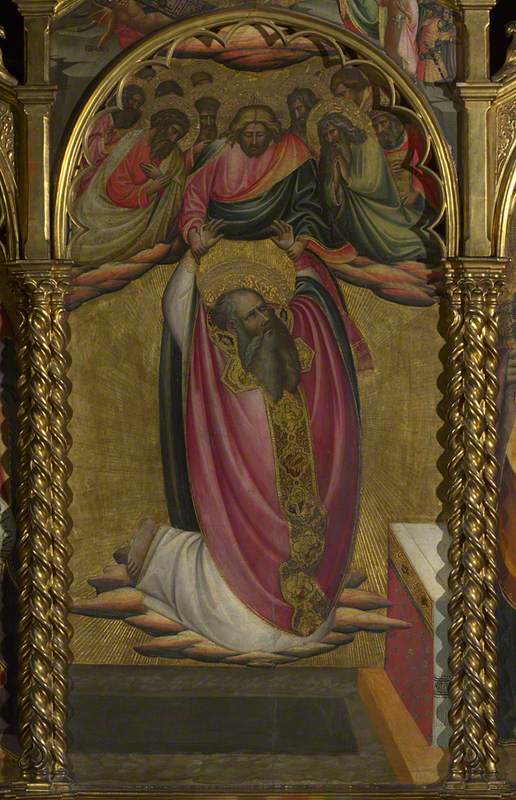

His preaching and object lesson to Actius and Eugenius Other non-scriptural episodes in the legends include several depicted on the margins of a Crucifixion by Francesco Ghissi: the destruction of the Temple of Diana She had always said she loved the saint and hoped she would get to see him again some day, so he restores her to life and she goes off to make him a meal

Upon his release from exile, John returns to Ephesus, where the Christian community is about to bury a woman of their number named Drusiana. Others add an eagle, John's attribute.Įastern versions will also include his assistant Prochorus Some images will also include the angel mentioned in Revelation 1:1. In the lower half of the image he sits on an island with pen and book, gazing to the upper left, where the vision revealed to him is symbolized by heavenly light or by some image drawn from the Book of Revelation itself Images of John on Patmos mostly follow the pattern of the third picture at right. The saint was unharmed by the boiling oil, so the emperor exiled him to the island of Patmos, where he penned the Book of Revelation. They normally picture officials and soldiers overseeing the proceedings, a servant stoking the fire below the cauldron, and some sort of architectural backgound to suggest the Latin Gate This was another popular subject for paintings. The legendary material usually recounts the ancient story that John was evangelizing successfully in Ephesus when the Emperor Domitian summoned him to Rome and had him cast into a vat of boiling oil at the Latin Gate. James the Greater, the Transfiguration, the Last Supper, and the Crucifixion.Ĭartlidge and Elliott (187-89) suggest that the few images of Christ calling John away from a proposed marriage may be following a now-lost episode in the Acts of John. ( example), especially in the East, where his white or grizzled beard will be bifurcated and he will have a high foreheadįor images of John as he appears in gospel episodes, see the pages for St. In illustrations of the legendary material, however, the saint may sometimes be pictured as an older person with a white beard The Golden Legend also mentions the tradition about John's virginity and attributes it to St. Molanus attributes the tradition partly to the fact that "he was an adolescent at the time of the Last Supper and partly because of his perpetual virginity" ( ibid.). This may be due to the way the gospels always put his name second after his brother James, as if he were the younger of the two. John is a young person with either a short beard or none at all In most portraits and other images in the West, St. In Sant'Agnese in Agone, Rome, where an angel presents a cup to John.


Molanus says the cup is also partly a reference to the words of Christ in Matthew 20:23, "You all will drink my cup" – that is, the death that he will endure on the Cross (III, lviii: p. 3 In the Latin, the poison is venenum, which also means snake venom – a boon to artists, who can indicate the deadly contents by placing a snake in the cup. John not only survives but resurrects two men who had died from the very poison given to him This refers to a story recounted in the Golden Legend in which a pagan priest challenges John to drink a cup of poison without being harmed. In solo portraits, John's attribute may instead be a cup or chalice with a snake in it In the East, and early on in the West as noted by Augustine, 2 a lion is sometimes used instead of an eagle The eagle goes back at least to Jerome's Commentary on Matthew, which says it signifies "John the Evangelist who, having taken up eagle's wings and hastening toward higher matters, discusses the Word of God" (55). Or on rare occasions a human with the head of an eagle When he is among the evangelists or apostles an eagle may be used as his attribute Thus he is always in images of the four evangelists and of the apostles as a group. John was one of the original twelve apostles 1 and has been traditionally taken to be the author of the fourth gospel. He founded and governed churches in all of Asia and finally died of old age in the sixty-eighth year after the death of the Lord. John, Apostle and Evangelist, who, after writing the Gospel, living in exile, and writing the Apocalypse, lived until the time of Emperor Trajan. Not his birthday but what is thought to be the day he died and was "born again" into Heaven


 0 kommentar(er)
0 kommentar(er)
